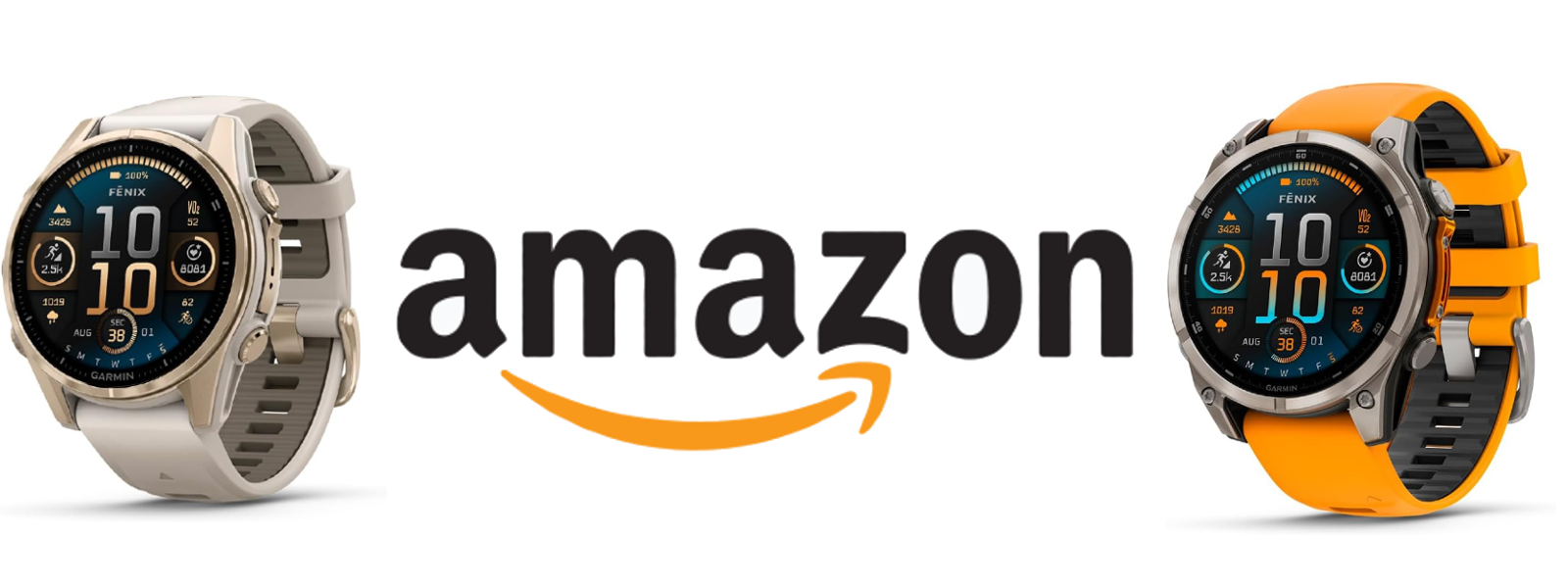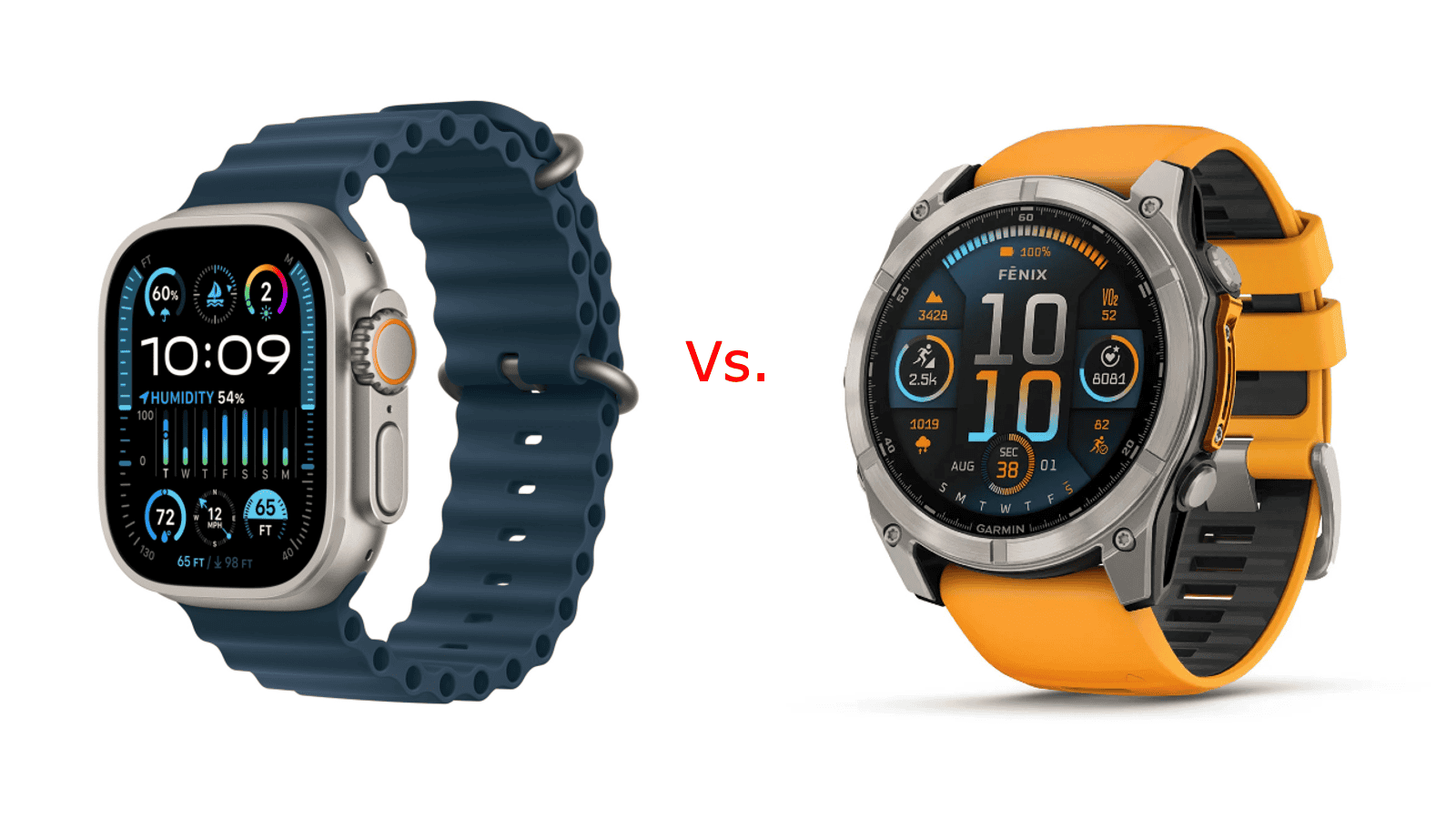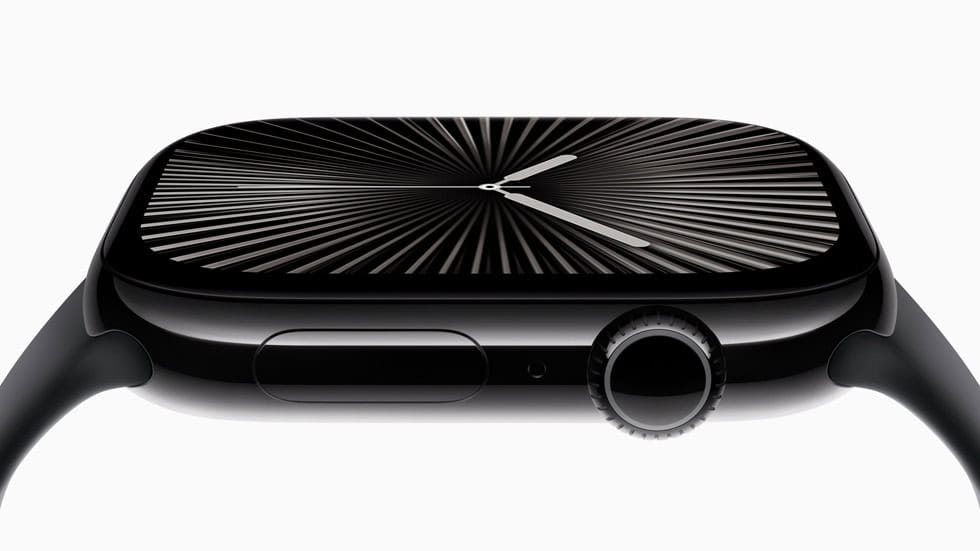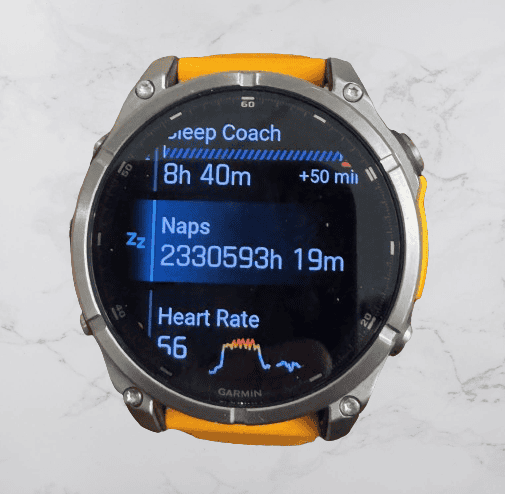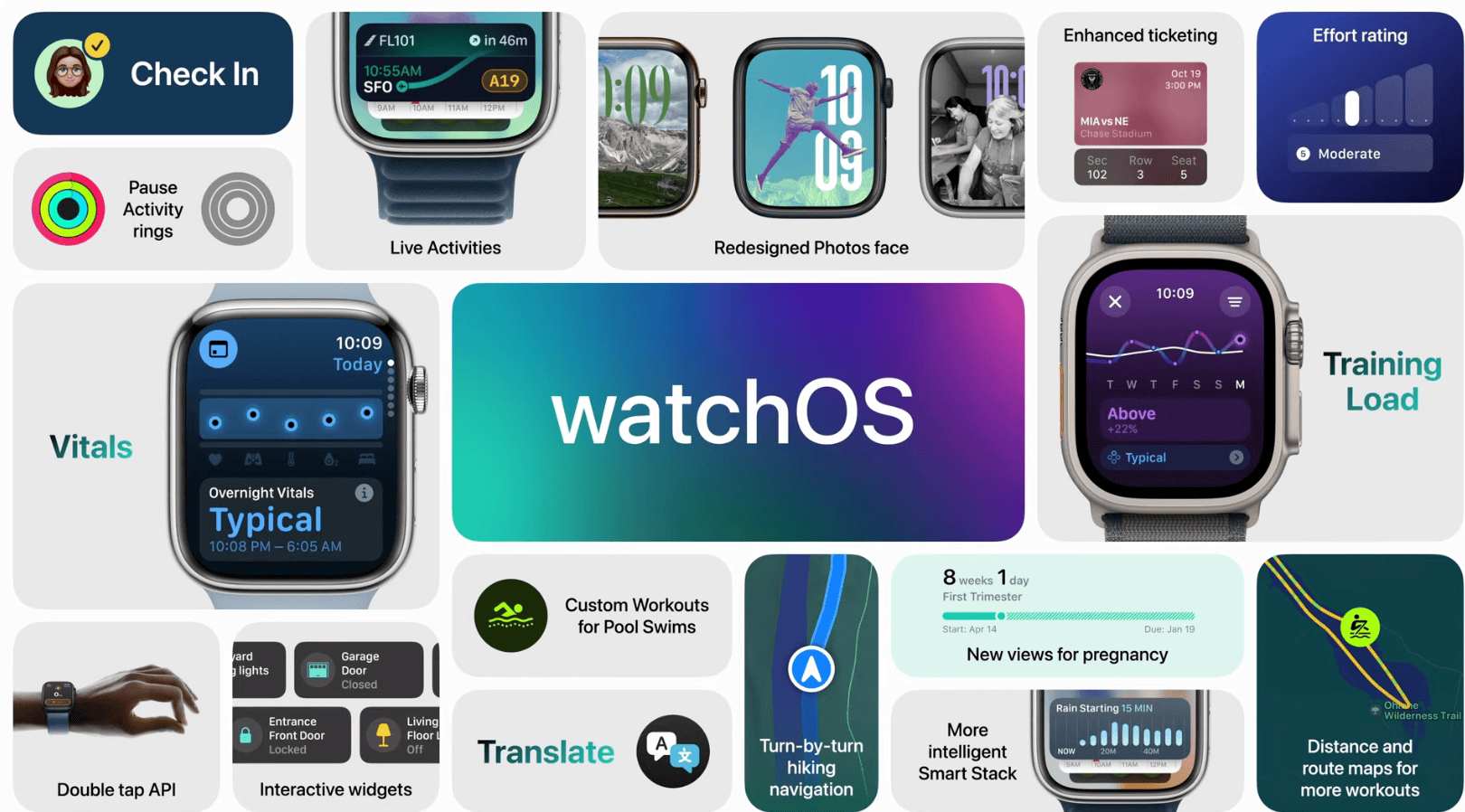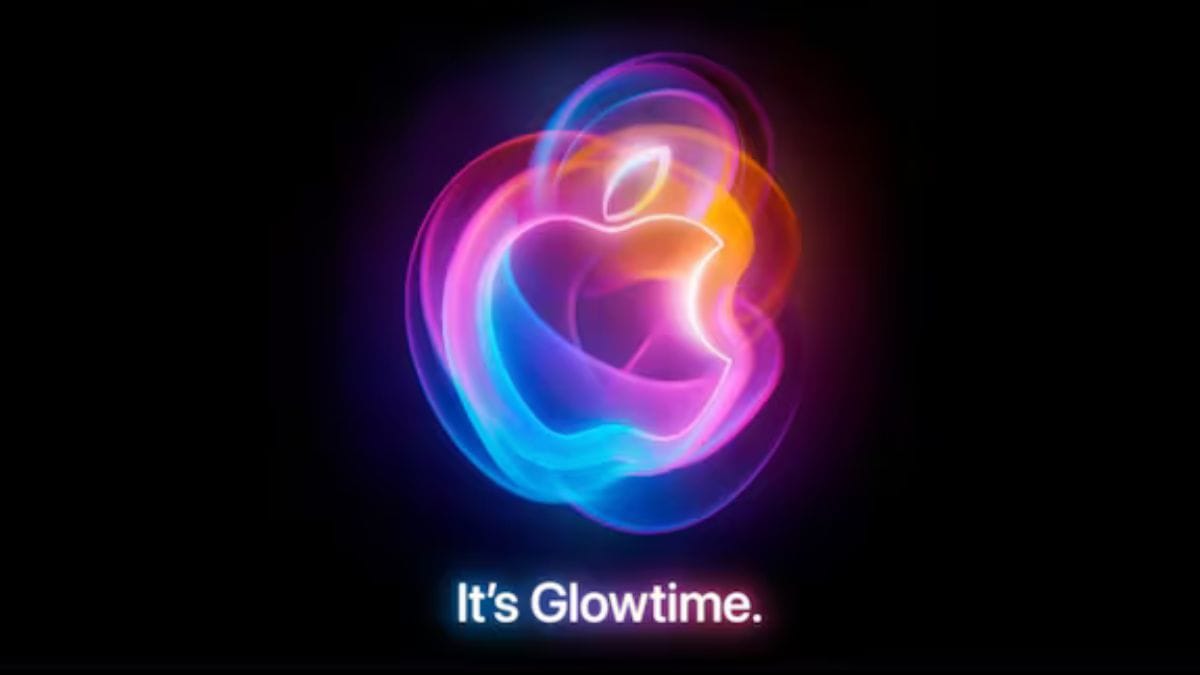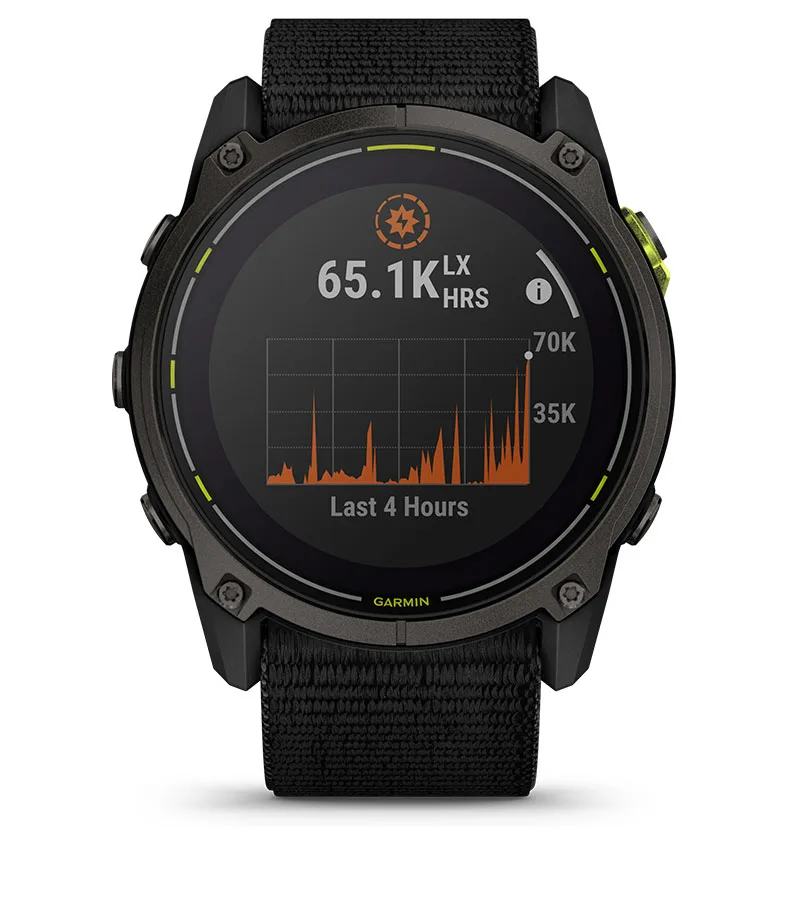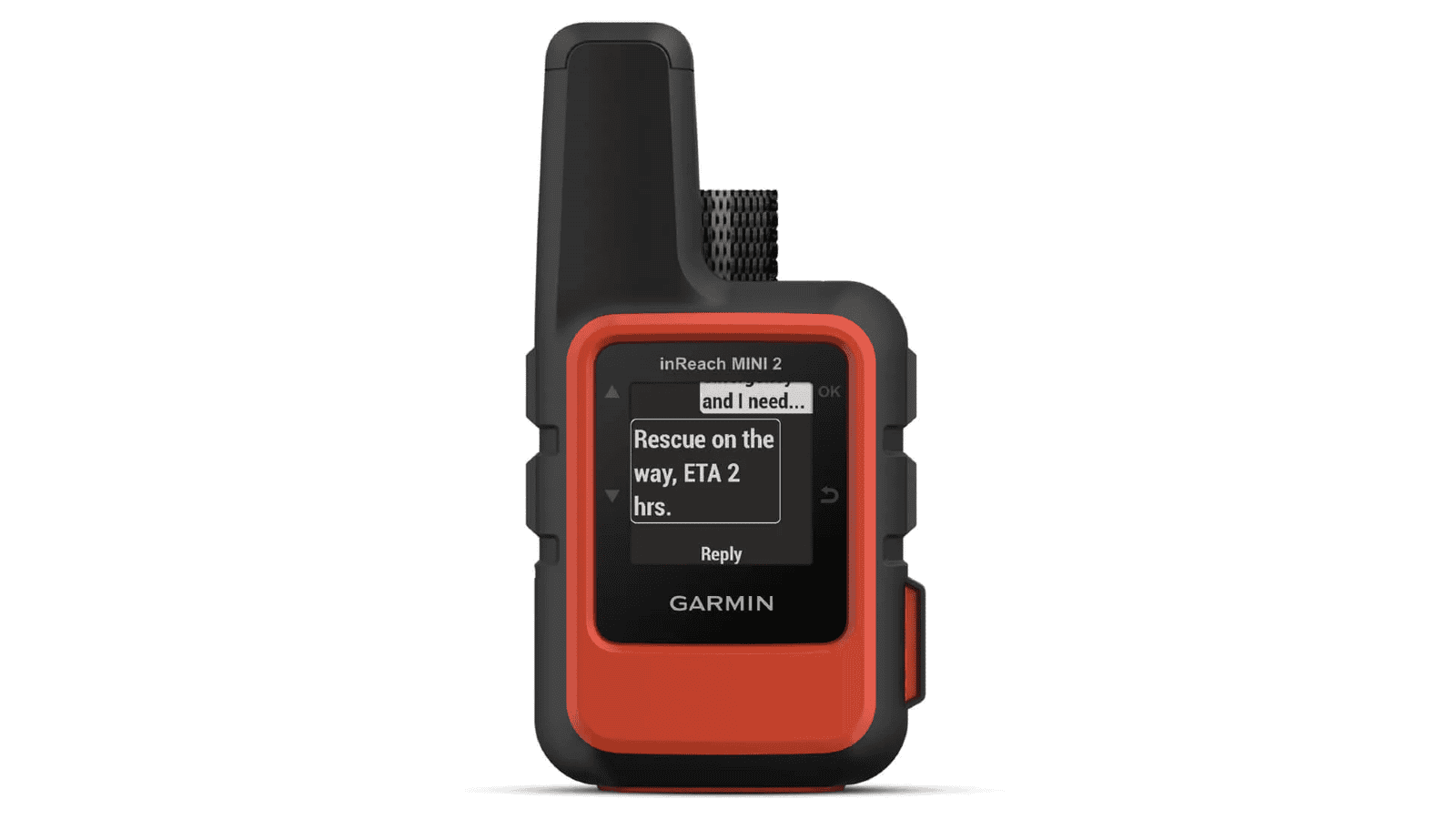Amazfit has just launched its new T-Rex 3 smartwatch at IFA 2024. With several upgrades from its predecessor, including a larger, brighter display and extended battery life, the T-Rex 3 is positioning itself as an affordable alternative to higher-priced outdoor watches without sacrificing features.
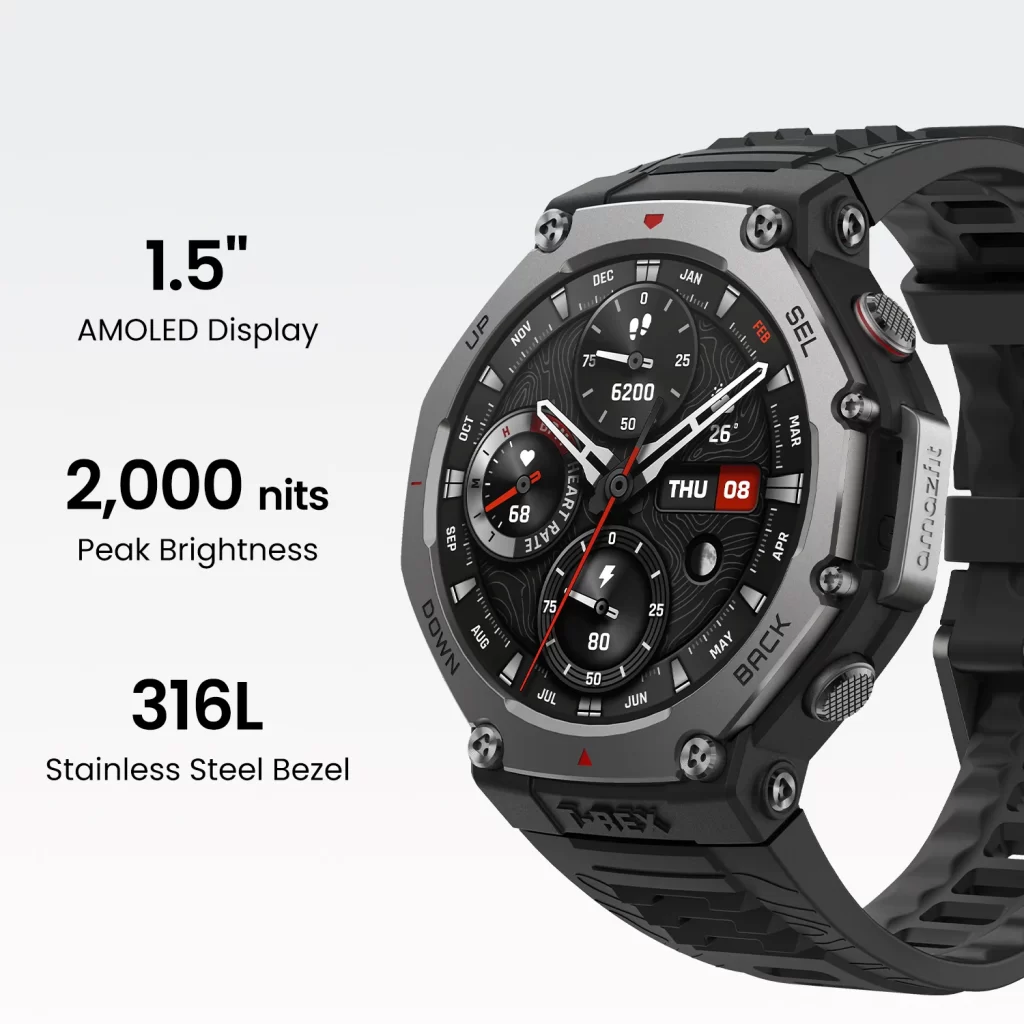
Design
One of the standout improvements in the Amazfit T-Rex 3 is its 16% larger screen, now measuring 1.5 inches, with an AMOLED display that boasts 2,000 nits of brightness—on par with the Apple Watch Ultra 1 and Samsung Galaxy Watch 6. The watch also features a stainless steel bezel and 100-meter water resistance.
Long-Lasting Battery
Despite the larger AMOLED display, the T-Rex 3 manages to offer up to 27 days of battery life on a single charge, an improvement from the T-Rex 2’s 24 days. The T-Rex 3 also claims up to 180 hours of GPS tracking in certain settings, however it seems unlikely you would actually achieve these numbers.
Expanded Workout and Training Features
The T-Rex 3 comes with 170 workout modes, including new additions like Freediving, Ultramarathon mode, and Hyrox Race mode. The watch also introduces Readiness and Heart Rate Variability (HRV) metrics to help users track their body’s readiness for exercise and recovery. For outdoor use, Amazfit has added free offline maps with turn-by-turn directions.
Voice Control and Navigation
Just like the Fenix 8, Amazfit T-Rex 3 has added its own AI-powered voice control. Users can control the watch with their voice as well as use their phone’s smart assistant.
Price and Availability
Priced at $279, the Amazfit T-Rex 3 delivers an impressive set of features at a ridiculously low price point. The T-Rex 3 is a compelling option for users seeking a rugged, feature-rich smartwatch without the higher price tag.




